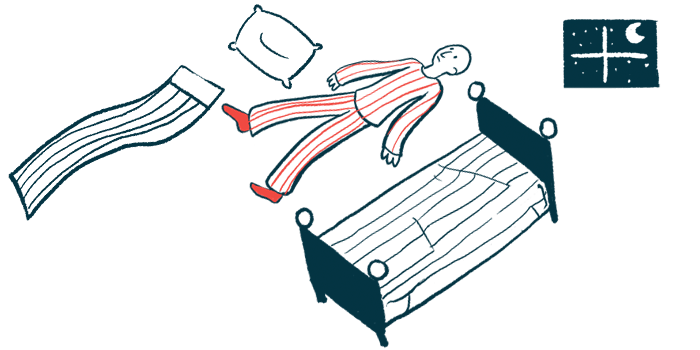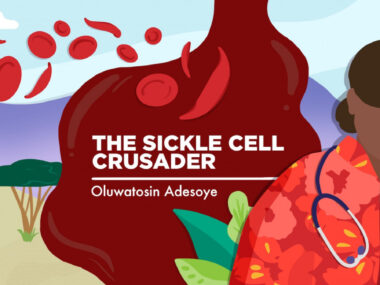Sleep issues linked to greater healthcare needs in SCD children
Study: Screening, interventions may help improve patient outcomes
Written by |

Children with sickle cell disease (SCD) who have sleep problems, such as sustained low blood oxygen during sleep, or nocturnal hypoxemia, require more healthcare resources than children with normal sleep parameters, a study reports.
“These findings suggest that targeting nocturnal hypoxemia and related sleep disturbances … through appropriate screening and interventions may help reduce healthcare utilization and improve outcomes of patients with SCD,” researchers wrote.
The study, “Association of Sleep Study Outcomes and Healthcare Utilization in Children with Sickle Cell Disease, a Multicenter Study,” was published in Blood Advances.
Sleep issues common in children with sickle cell
In SCD, genetic mutations lead to the production of a defective version of hemoglobin, the protein inside red blood cells that helps carry oxygen through the body. Red blood cells with the faulty protein take on a crescent-like shape, which makes them prone to obstruct vessels and block or restrict blood flow. This can lead to a series of symptoms and complications, including severe painful crises.
Sleep-related problems, such as nocturnal hypoxemia and obstructive sleep apnea (OSA), in which breathing decreases or stops for several seconds during sleep, are common in children with sickle cell and have been linked to complications.
“Although there is growing attention to the detrimental effects of OSA, nighttime hypoxemia, and abnormal sleep quality on patients with SCD, evidence regarding the association between sleep disorders and healthcare utilization in children with SCD remains limited,” the researchers wrote.
To learn more, they examined the health records from 210 SCD children who underwent polysomnography (PSG) testing at one of three U.S. medical centers. The team also looked at the number of emergency department (ED) visits and hospital admissions for each participant in the two years before and after PSG.
PSG is a sleep study that can be used to assess breathing and measure oxygen saturation percentage, or how much hemoglobin in red blood cells is carrying oxygen. For healthy individuals, mean oxygen saturation is usually between 95% and 100% during sleep, with lower levels potentially indicating nocturnal hypoxemia.
Participants had a mean age of 9.7 years at the time of the PSG, and 80% had severe SCD.
Interventions targeting nocturnal hypoxemia may impact SCD outcomes
Several children had abnormalities that indicated potential nocturnal hypoxemia. Fifteen (7.1%) had low mean oxygen saturation, defined as a value of 90% or less. About a quarter of the children spent at least 5% of their total sleep time with oxygen saturation levels below this 90% cutoff. Also, 10.5% of participants had at least five leg movements per hour, measured with the periodic leg movement index (PLMI). This is also considered to be abnormal.
In terms of hypoxemia metrics and PLMI, children with abnormal results had significantly more visits to the ED, hospital admissions, and total healthcare encounters (the sum of ED visits and hospital admissions) than those whose metrics were within the expected ranges.
“Our findings are consistent with previous research showing that nocturnal hypoxemia has a significant impact on clinical outcomes in SCD,” the team wrote.
Similarly, each metric had a significant correlation with the number of ED visits, admissions, and total encounters. However, after correcting data for age, initial hemoglobin level, and other factors, only one metric remained statistically significant: time with oxygen saturation below 90%.
Our findings are consistent with previous research showing that nocturnal hypoxemia has a significant impact on clinical outcomes in SCD.
Other sleep disturbances, including OSA and high arousal index, which indicates more fragmented sleep, didn’t correlate significantly with healthcare use.
Interventions to address nocturnal hypoxemia and other sleep issues may impact SCD outcomes and reduce healthcare needs, according to the team.
“Despite the demonstration of a significant association between nocturnal hypoxemia and healthcare utilization in pediatric SCD patients, causality cannot be definitively established,” the researchers wrote, adding that “prospective studies with larger sample sizes and randomized interventions targeting nocturnal hypoxemia will be essential to confirm these findings.”







